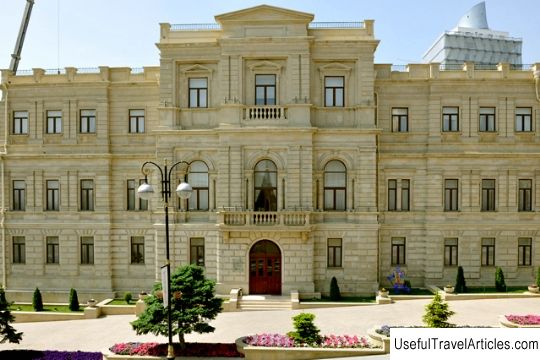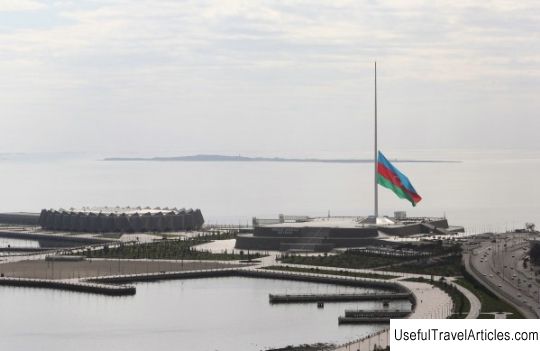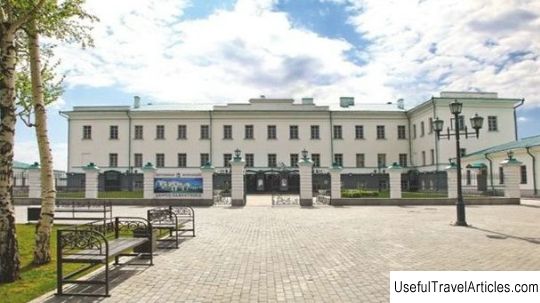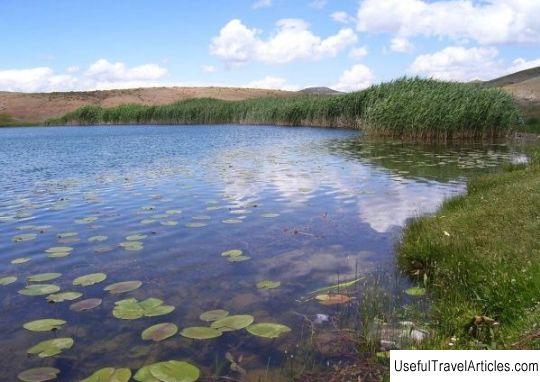Gobustan State Historical and Artistic Reserve description and photos - Azerbaijan
Rating: 7,5/10 (100 votes) 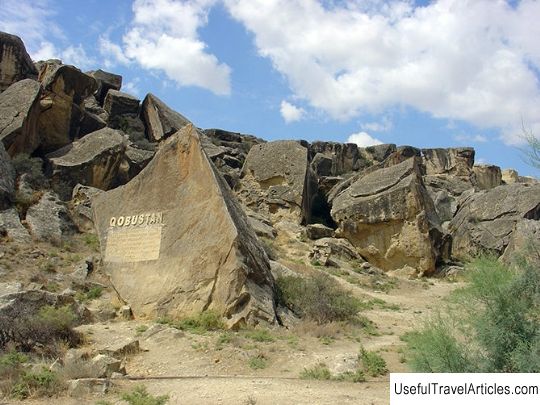
Gobustan State Historical and Art Reserve description and photos - Azerbaijan. Detailed information about the attraction. Description, photos and a map showing the nearest significant objects. Photo and descriptionGobustan State Historical and Artistic Reserve is located in the eastern part of Azerbaijan, 60 km south of Baku. The word "Gobustan" itself comes from two words "gobu" and "stan". “Stan” means “place”, and the word “gobu” from the Turkic language is translated as “dried up wide riverbed” or “ravine”. The Gobustan Historical and Artistic Reserve is a large territory rich in gullies and ravines ... The total area of the reserve is 537 hectares. A huge amount of evidence of human life has been preserved here, from the X-VIII millennium BC to the Middle Ages - rock carvings, ruins of sites of ancient people, as well as a huge prehistoric cromlech. In addition, the rocks of Gobustan keep the memory of the stay of Roman legionaries here. The first archaeological excavations on the territory of the reserve were carried out in the 30s. XX Art. It was then that about 3,500 rock signs, images and drawings were found, as well as holes in the rocks and man-made pits. In 1965, a special scientific expedition took up the study of the historical monuments of Gobustan, which conducted archaeological studies of about 20 dwellings and shelters, over 40 burial mounds. Then it was discovered and registered up to 300 rock paintings. In September 1966, Gobustan received the status of a reserve. Of particular interest among tourists is one of the monuments of the archaeological reserve located in the northeast of the slope of Mount Jingirdag - an ancient musical instrument - the Gavaldash stone. When struck, the stone emits various harmonious sounds and all this is due to the that he is on an air cushion. On the rocks of Gobustan, you can see more than 400 ancient cup hollows, which were made with solid stone tools. Researchers attribute these depressions to the Neolithic period. The holes were used to collect rainwater, blood from sacrificed animals, and for other purposes. Also on the territory of the Gobustan State Historical and Artistic Reserve, there are a lot of sanctuaries, including "Sophie Novruz", "Gara atly", "Sophie Hamid" and others. As for the animal life and vegetation of the reserve, then its territory is rather poor. Researchers attribute these depressions to the Neolithic period. The holes were used to collect rainwater, blood from sacrificed animals, and for other purposes.         We also recommend reading Musikpavillon description and photos - Austria: Bad Hull Topic: Gobustan State Historical and Artistic Reserve description and photos - Azerbaijan. |

